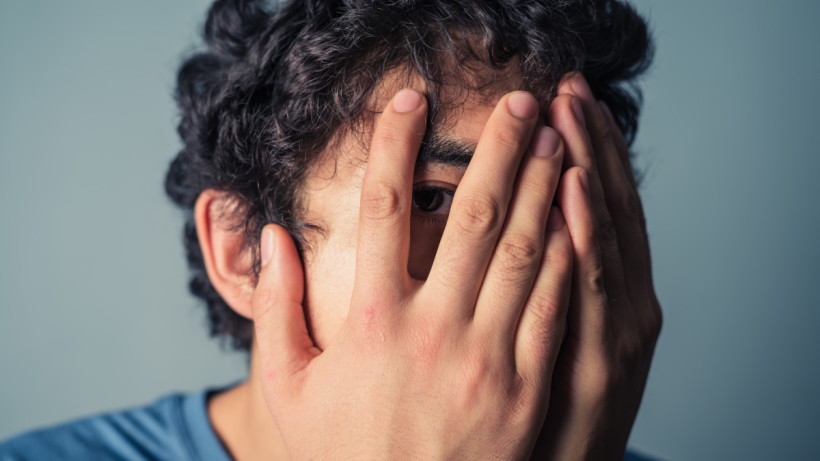
Fear of Enclosed Spaces (Claustrophobia)
The fear of enclosed spaces (claustrophobia) can be very problematic and is often very difficult to avoid exposure e.g; using a lift, using a small store room, going up into an attic, flight cabin, rooms with no windows, MRI scanner, X-ray machines, etc. For most people a usual response is feelings of extreme fear, fast pulsing heartbeat, dizzy feeling, nausea, feeling faint, passing out, feeling out of control, urgent need to escape, etc.
Similar to some other fears and phobias as mentioned elsewhere, the person has a constant underlining fear of maybe being trapped or out of control in the near future. Some practical exercises such a slow breathing and visualising a safe happy place are ususally highly beneficial. In many cases the earliest root cause or initial sensitising event is an early first memory of feeling vulnerable, trapped, and or powerless in a small enclosed space.
Many methods can help but most reliable clinical evidence points towards using cbt (cognitive behavioural therapy) via graduated exposure together with the latest clinical hypnosis/hypnotherapy plus NLP (neuro-linguistic programming).
Click for more
- Introduction to Fears & Phobias
- Fear of Social Situation (Social Phobia)
- Fear of Flying (Aerophobia)
- Fear of Dentists (Odontophobia)
- Fear of Needles (Trypanophobia)
- Fear of Spiders (Arachnophobia)
- Fear of Heights (Acrophobia)
- Fear of Dogs (Cynophobia)
- Fear of Birds (Ornithophobia)
- Fear of Public Speaking (Glassophobia)
- Fear of Enclosed Spaces (Claustrophobia)
- Fear of Open Spaces (Agoraphobia)
- Fear of Dirt or Infection (Molysomophobia)
- Fear of Being Sick (Emetophobia)